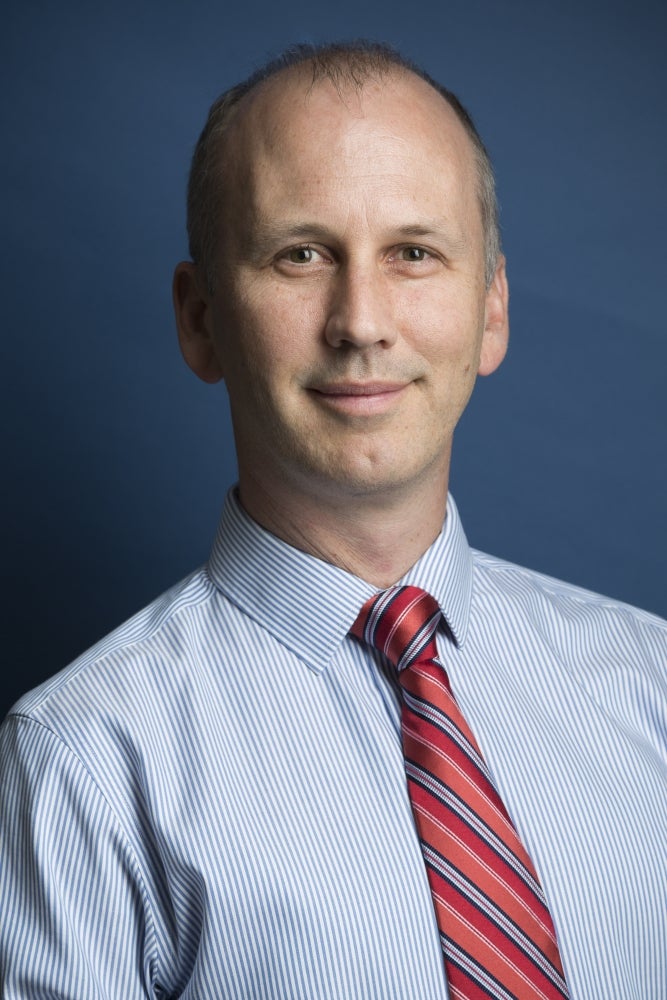
The Forest for the Trees

A key challenge to maintaining a stable Earth in a time of global change has been the lack of shared guidelines and quantitative measures to help us avoid overstepping the tipping points of Earth’s various systems. How much is too much strain on our resources before the planet is unable to support the human species? Precious few targets, such as the Paris Agreement’s 1.5 degree Celsius cap on global warming, have been established.
Now, with the formation of the inaugural Earth Commission, a select group of scientists have been chosen to identify risks, guardrails and targets for the planet. It’s the first holistic attempt to establish global and regional scientific goals for a stable and sustainable planet, at a time when increasing human population and changes to the climate are resulting in unprecedented threats to habitats, biodiversity and food and fresh water supply.
Among these scientists, who hail from around the globe, is UC Santa Barbara marine ecologist Ben Halpern. His expertise in ocean health combined with his skills in data synthesis will inform the science-based targets the commission is working to develop.
“It is of course an honor, and a responsibility to be part of the Earth Commission,” said Halpern, who directs the National Center for Ecological Analysis and Synthesis (NCEAS) at UCSB. “But it is also saddening to realize we need an Earth Commission at all. I wish the planet were in better condition and that our Commission was unnecessary.”
Halpern, also a professor in the Bren School of Environmental Science & Management, joins 18 other scientists, each with expertise in the various systems that support life on Earth — from ecosystems and climate to health risks and social-ecological dynamics. Thirteen countries from around the world are represented in this initial panel of scientists.
The recent cascade of environmental events highlight the necessity of undertaking widespread, concerted and interlinked efforts to quell the effect of shocks to the Earth and its systems.
“The fires in the Amazon, the rapidly warming Arctic, dying coral reefs and unprecedented heat waves and floods across the world are the clearest signs yet that human activities are pushing the planet further from the stable state we have enjoyed for 10,000 years,” said Johan Rockström, director of the Potsdam Institute for Climate Impact Research and co-chair of the Earth Commission.
The work of setting concrete environmental targets for the entire world is no small feat.
“Perhaps the greatest challenge and greatest unknown is identifying where the limits are to human impact on our planet,” Halpern said. “That is the task of the Commission, and it is a daunting one, but it is one that I’m confident we can achieve. The science is mature enough to allow us to do this.”
The group intends to complete by 2021 a high-level synthesis of scientific knowledge on the biophysical processes that regulate Earth’s stability and targets to ensure it. The commission also will explore social transformation required for sustainable development to reach these targets. Similar to the Paris Agreement’s target of keeping the global temperature rise to well below 1.5 degrees Celsius above pre-industrial levels, comparable objectives to regulate the state of the Earth will be sought for other systems such as food, land, water, biodiversity and others.
“Synthesis is particularly powerful at helping you see the forest for the trees,” Halpern said. “Individual data points, or studies from specific locations, or even global assessments of particular issues are all important ‘trees’’ to know and understand. But they can’t tell you the whole story. Synthesis helps pull together all of those disparate pieces of information to see how things fit together, and in doing so you can begin to see the ‘forest’.” In his own work studying human impacts on oceans, Halpern pointed out, examining just one aspect of human activity limits you to just one view of those impacts.
“When you pull all those pieces together to look at the cumulative impact of all human activities, a very different picture emerges,” he explained. “A place with low pollution can have high fishing impact, or a place with low climate change impacts can have high pollution impacts.”
By wielding the power of data synthesis, solutions that scale and address the relevant needs of an environment and its people can be developed, in accordance with existing assessments, such as those conducted by the Intergovernmental Panel on Climate Change. These solutions can then be translated into specific measures that can be enacted on various levels, from governments, to corporations, to individuals.
“Every decision, whether from our own individual daily actions or corporate policies or from city, state or national governments and agencies, has consequences,” Halpern said. “Understanding how close or far we are from pushing our planet toward its limits can help inform these decisions.”



